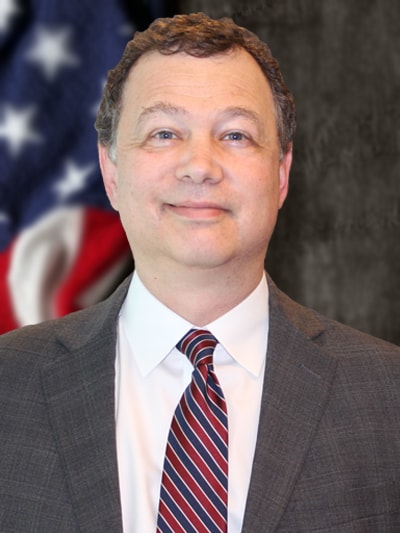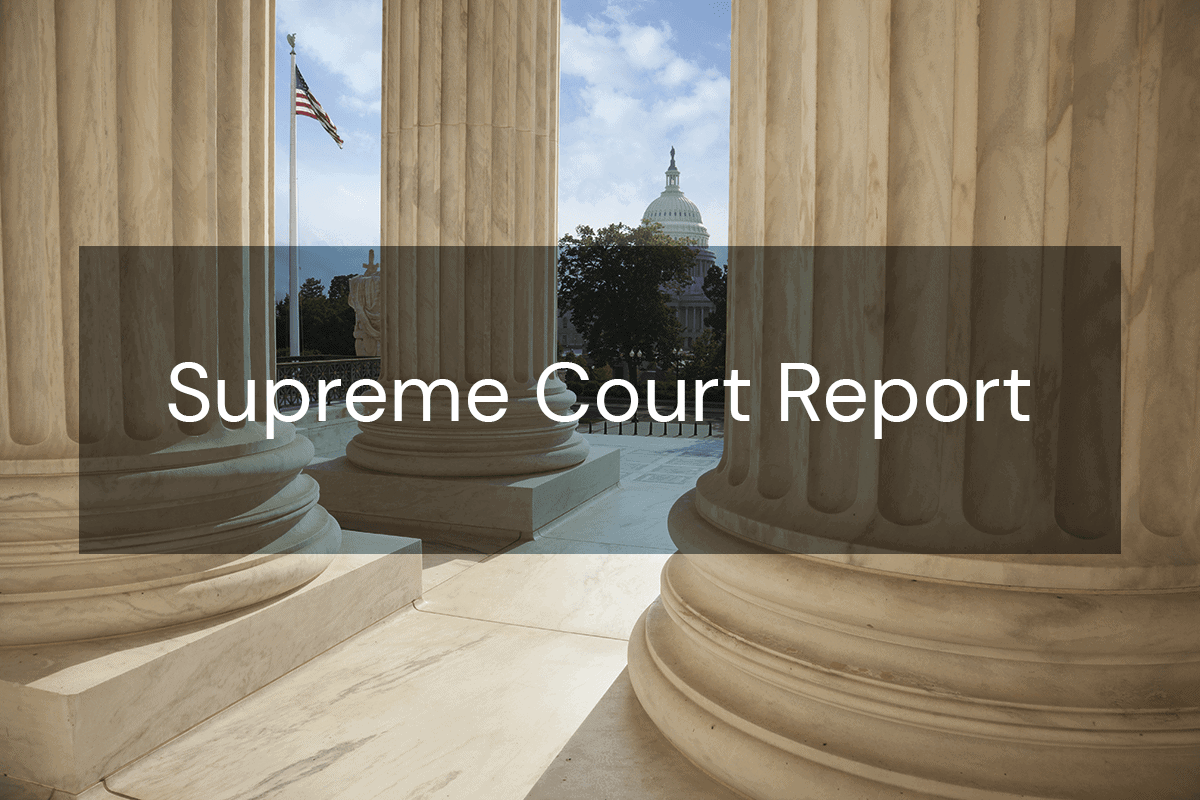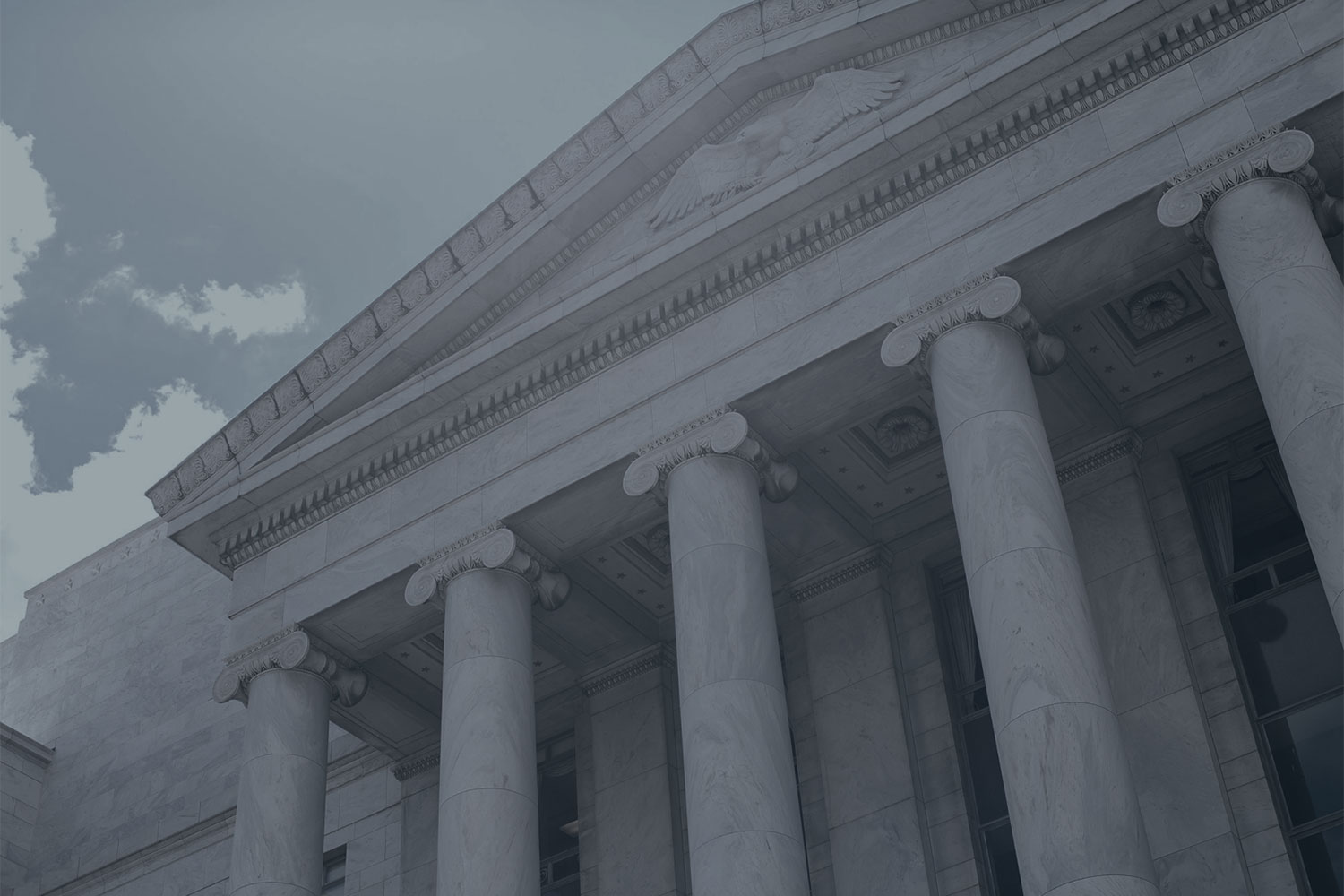Author

This Report summarizes an opinion issued on January 20, 2022 (Part I); and cases granted review on January 14, 2022 (Part II).
Cases Granted Review: Kennedy v. Bremerton School District, 21-418
Kennedy v. Bremerton School District, 21-418. The Court will consider the contours of the First Amendment’s free-speech and religion clauses in a hotly contested case involving a public high school assistant football coach’s postgame prayers. The case involves multiple strands of First Amendment doctrine, with the petition presenting two questions: First, “[w]hether a public-school employee who says a brief, quiet prayer by himself while at school and visible to students is engaged in government speech that lacks any First Amendment protection.” And second, “[w]hether, assuming that such religious expression is private and protected by the Free Speech and Free Exercise Clauses, the Establishment Clause nevertheless compels public schools to prohibit it.”
According to the petition, petitioner Joseph Kennedy “is a devout Christian” who would go to midfield then “pause, kneel, and offer a silent or quiet prayer of thanksgiving for player safety, sportsmanship, and spirited competition” for about 30 seconds at the end of each game. While he originally “prayed quietly and alone,” over time some of the players (from both teams) “elected to gather near [him] after games,” and eventually Kennedy “also began giving short motivational speeches.” During the fall of 2015, the respondent school district learned the details of Kennedy’s routine and, after several efforts at compromise, ultimately decided not to renew his contract. After first learning of Kennedy’s prayers, a high school administrator “expressed disapproval” of Kennedy’s practice, “prompting [Kennedy] to post on Facebook: ‘I think I just might have been fired for praying.’” The school district was then “flooded with thousands of emails, letters, and phone calls from around the country.” The district’s superintendent sent Kennedy a letter notifying him of an investigation into whether employees “‘have appropriately complied’ with the school board’s policy on ‘Religious-Related Activities and Practices.’” The letter informed Kennedy that he “could ‘engage in religious activity, including prayer, so long as it does not interfere with job responsibilities,’ . . . is ‘physically separate from any student activity, and students [are] not . . . allowed to join such activity.’” Kennedy initially honored the letter’s guidance, but about a month later he “retained counsel to advise him of the constitutional landscape” and “sent a letter to [the superintendent] and the school board informing him of his sincerely held belief that he is compelled to pray following each football game.” After the next game, he waited for the students to start “walking toward the stands to sing the post-game fight song” before he “knelt at the 50-yard line, closed his eyes, and prayed a brief, quiet prayer.” While his eyes were closed, “coaches and players from the opposing team, along with members of the public, decided to join him on the field and to kneel beside him.” The following week, the school district sent Kennedy another letter imposing “a sweeping new ban: The district prohibited Kennedy from engaging in any ‘demonstrative religious activity’ that is ‘readily observable to (if not intended to be observed by) students and the attending public.’” The school district did, however, “offer[] to ‘accommodate’ Kennedy’s religious exercise by permitting him to pray in secret in a ‘private location within the school building, athletic facility[,] or press box.’” After the next two games, Kennedy “knelt alone” at midfield “and bowed his head for a brief, quiet prayer.” The school district then placed Kennedy on administrative leave, “gave him a poor performance review,” and opted not to rehire him “because he allegedly ‘failed to follow district policy’ regarding religious expression and ‘failed to supervise student-athletes after games.’”
Shortly before the 2016 season, Kennedy unsuccessfully sought a preliminary injunction. In affirming the district court, the Ninth Circuit held that Kennedy “spoke as a public employee when he kneeled and prayed on the fifty-yard line immediately after games while in view of students and parents.” 869 F.3d 813. It thus followed that Kennedy was unlikely to succeed on his First Amendment claim because under Garcetti v. Ceballos, 547 U.S. 410 (2006), “when public employees make statements pursuant to their official duties, the employees are not speaking as citizens for First Amendment purposes, and the Constitution does not insulate their communications from employer discipline.” Kennedy filed a cert petition, but the Court denied it, with Justice Alito writing a statement respecting the denial, joined by Justices Thomas, Gorsuch, and Kavanaugh. 139 S. Ct. 634. Justice Alito agreed that review was unwarranted at that time because there remained factual disputes over the reason Kennedy lost his job. But he also explained that “the Ninth Circuit’s understanding of the free speech rights of public school teachers is troubling and may justify review in the future.”
After remand to the district court, the Ninth Circuit affirmed summary judgment for the school district, holding that because allowing Kennedy’s conduct “would violate the Establishment Clause,” the district’s “efforts to prevent the conduct did not violate Kennedy’s constitutional rights.” 991 F.3d 1004. The court again concluded that Kennedy’s speech was not protected because he spoke as a public employee, not a private citizen. In the court’s view, because Kennedy had access to the field only by virtue of his public employment and “was generally tasked with communicating with students” after games, his prayers constituted “speech as a government employee” under Garcetti. Yet even if Kennedy had spoken as a private citizen, the court continued, the school district had an adequate justification “for treating Kennedy differently from other members of the general public,” namely, avoiding a violation of the Establishment Clause. In the court’s view, when viewing all the facts and circumstances, “there is no doubt that an objective observer . . . would view Kennedy’s demonstrations as the district’s endorsement of a particular faith.” Moreover, the avoidance of an Establishment Clause violation, when coupled with the school district’s efforts “to develop an accommodation,” satisfied strict scrutiny, thus defeating Kennedy’s free-exercise claim.
Describing the Ninth Circuit’s decision as “a triple threat to individual liberty and First Amendment values,” the petition asserts that the lower court “botch[ed] three separate lines of First Amendment jurisprudence in one fell swoop, eviscerating the free-speech and free-exercise rights of public-school teachers and coaches to avoid a Potemkin Establishment Clause concern.” With respect to the free-speech claim, Kennedy argues that, under Garcetti, the test is whether his “expressions were made pursuant to his official duties” and that his “brief, personal acts of religious expression plainly were not undertaken as part of his job responsibilities as an assistant football coach.” Kennedy’s “acts of personal devotion,” he insists, were manifestly not part of [his] duties as a coach, any more than if [he] had taken those same roughly 30 seconds to ‘call[] home or mak[e] a reservation for dinner at a local restaurant.’” In concluding otherwise, Kennedy argues, the Ninth Circuit contravened Garcetti by defining his job responsibilities too broadly, effectively holding that “whenever [teachers] step through the schoolhouse gate” and speak or engage in expressive conduct “any time during school hours or functions” they lose First Amendment protections. Because Kennedy’s speech was private and also singled out “because it [was] undertaken for religious reasons,” Kennedy argues, the school district’s suppression was “doubly problematic” and “[t]he ‘strictest scrutiny’ . . . should have applied twice over.” Kennedy says the district does “not have any interest—let alone an ‘interest[] of the highest order’—in eradicating ‘demonstrably religious conduct’ from the school setting.” In Kennedy’s view, the Ninth Circuit’s “boundless Establishment Clause reasoning is even more obviously wrong and more troubling than its radical reading of Garcetti” because “government does not run afoul of the Establishment Clause by tolerating private religious expression or activity.”
The respondent school district rejects Kennedy’s factual narrative and argues that, on this record, the Ninth Circuit correctly applied Garcetti and the Court’s precedents under the Religion Clauses. Indeed, it cautions that to grant relief to petitioner, “the Court would have to overturn decades of law under multiple First Amendment clauses.” With respect to Garcetti, the district insists that the Ninth Circuit correctly viewed the entire context to determine that “delivering motivational-speech prayers while surrounded by players midfield at football games” was speech as a high school football coach, not as a private citizen. It views Kennedy’s contrary argument—i.e., “that a football coach’s job-related speech is limited to calling plays”—as “tantamount to saying that a geometry teacher could by disciplined if she got the Pythagorean Theorem wrong but not if she converted her classes into partisan political rallies, because her only job was to teach math.” The school district also defends the Ninth Circuit’s Establishment Clause analysis as simply applying well-established precedent to the particular facts to determine that “allowing Kennedy free rein over his public demonstrations of religious exercise would have been perceived as a stamp of approval upon that exercise.”
[Editor’s note: Some of the language in the background section of the summary above was taken from the petition for writ of certiorari and brief in opposition.]




